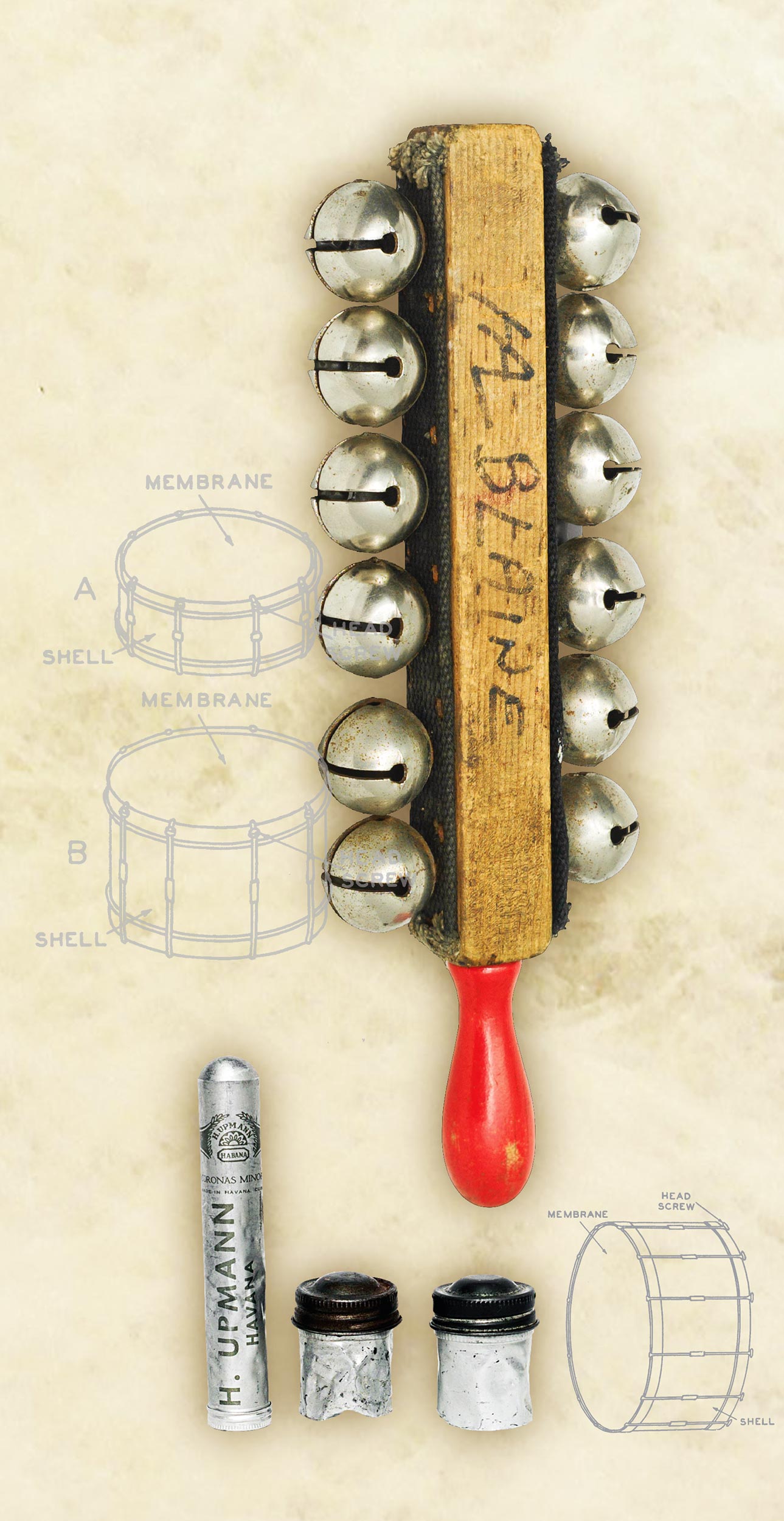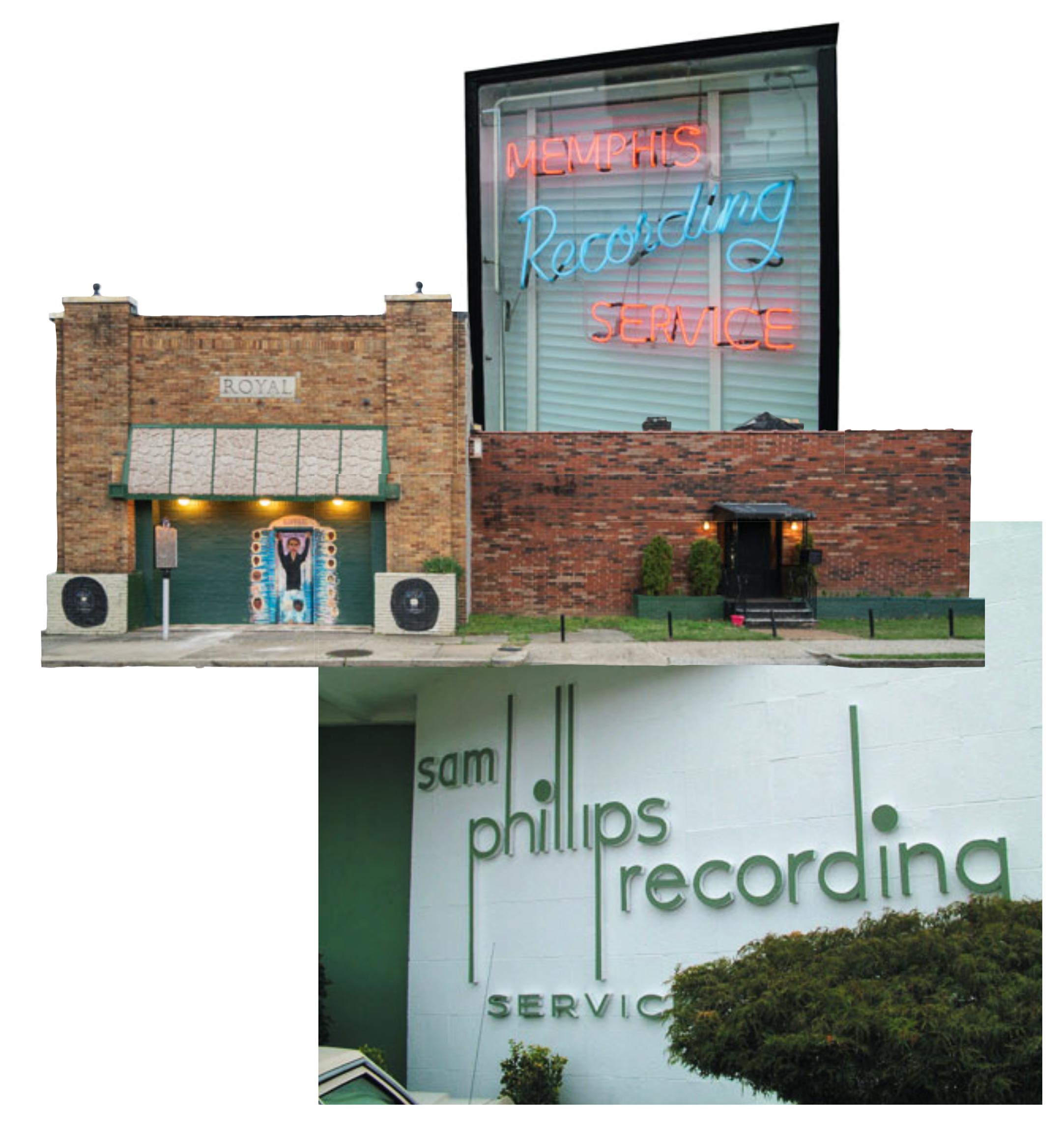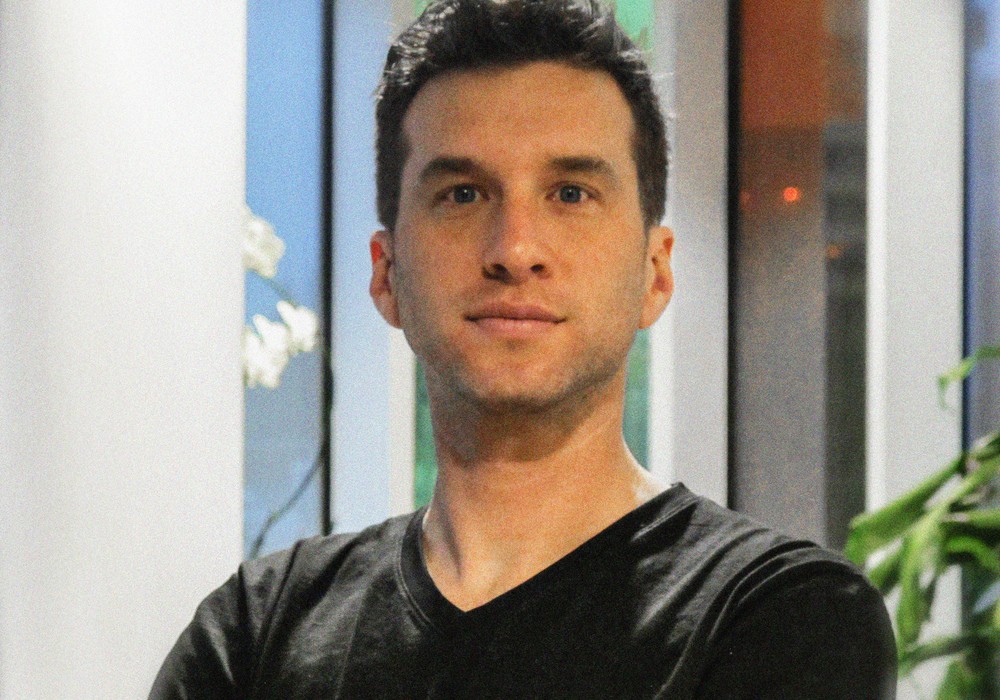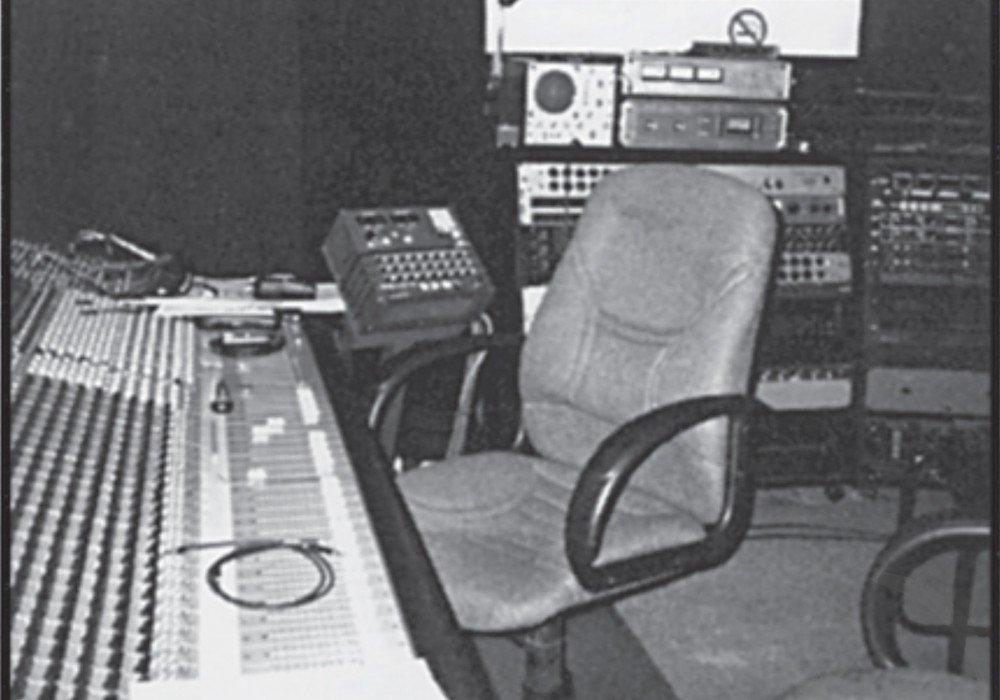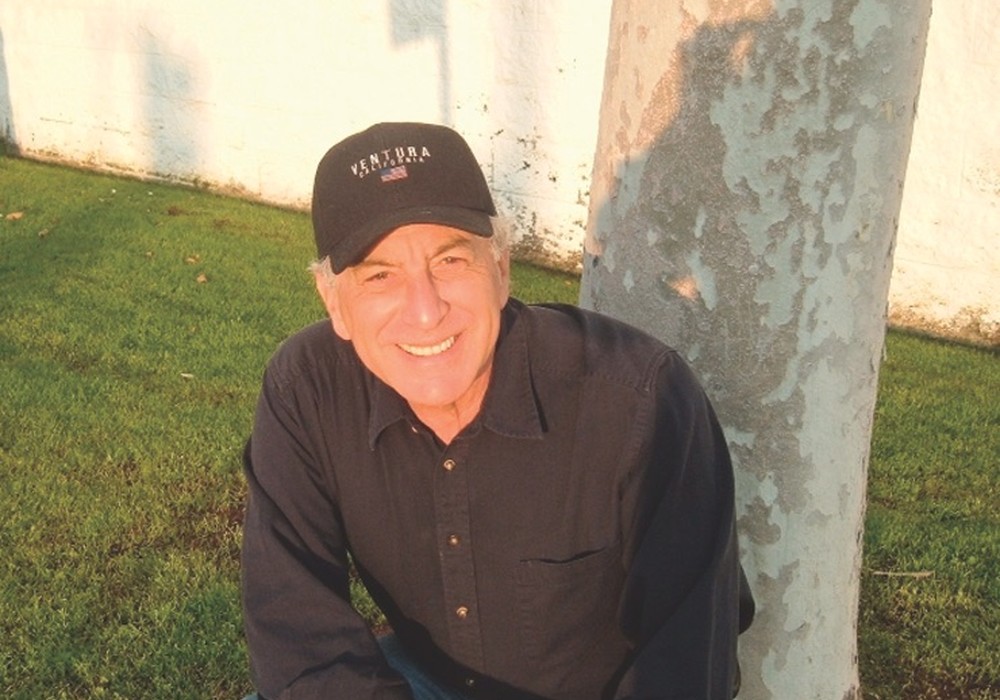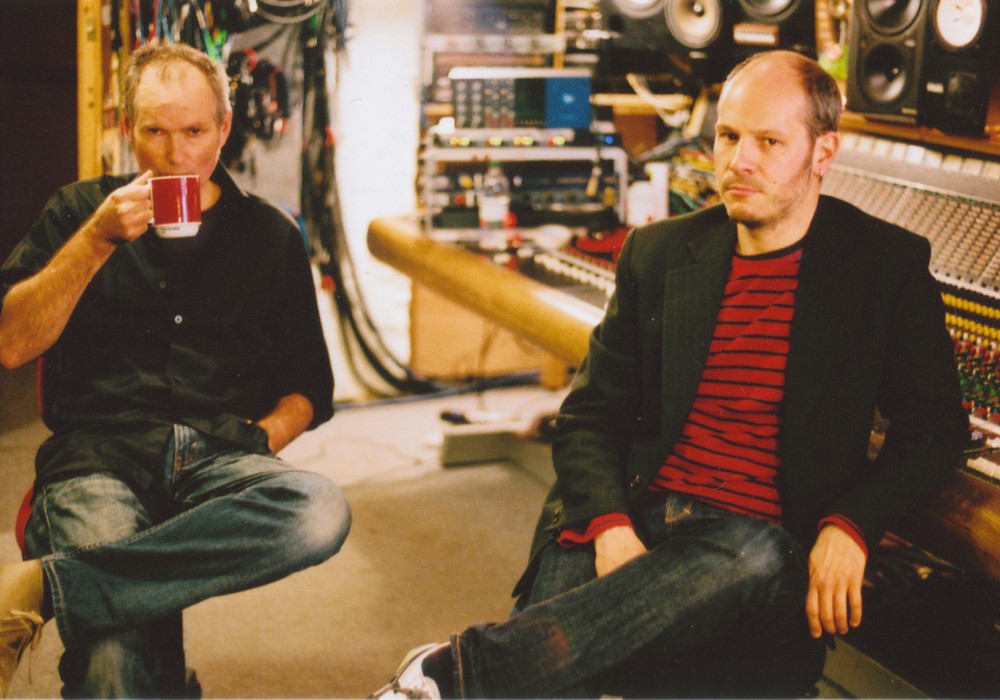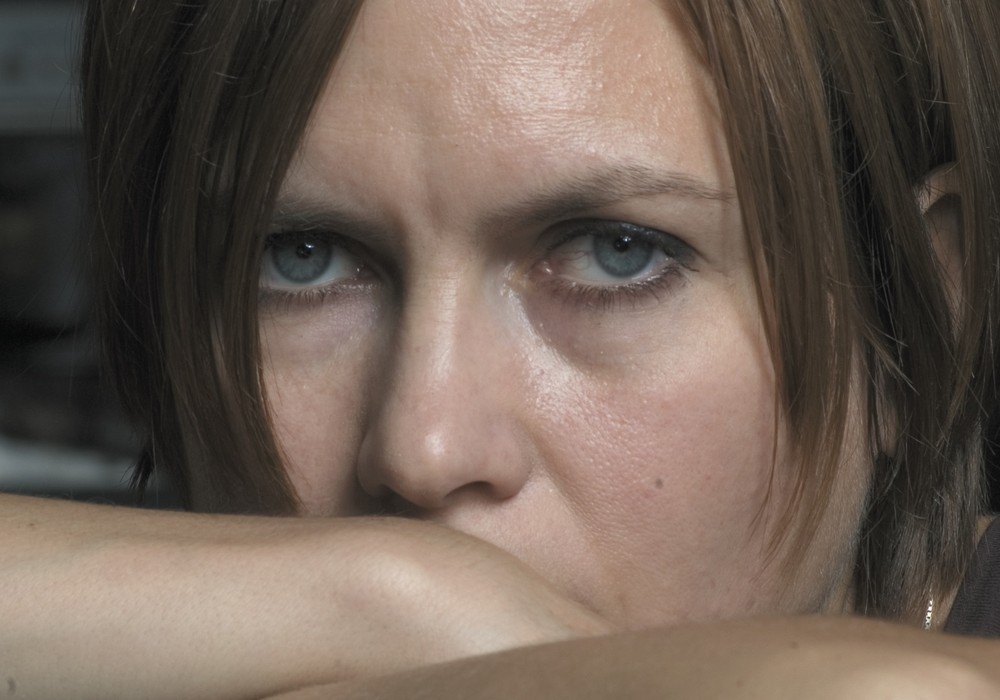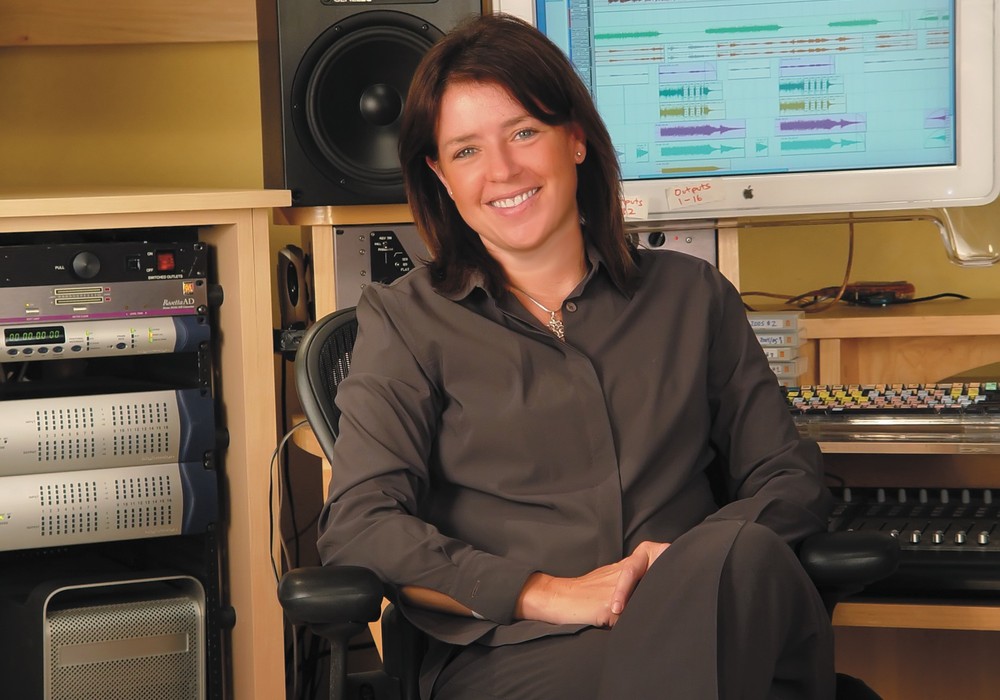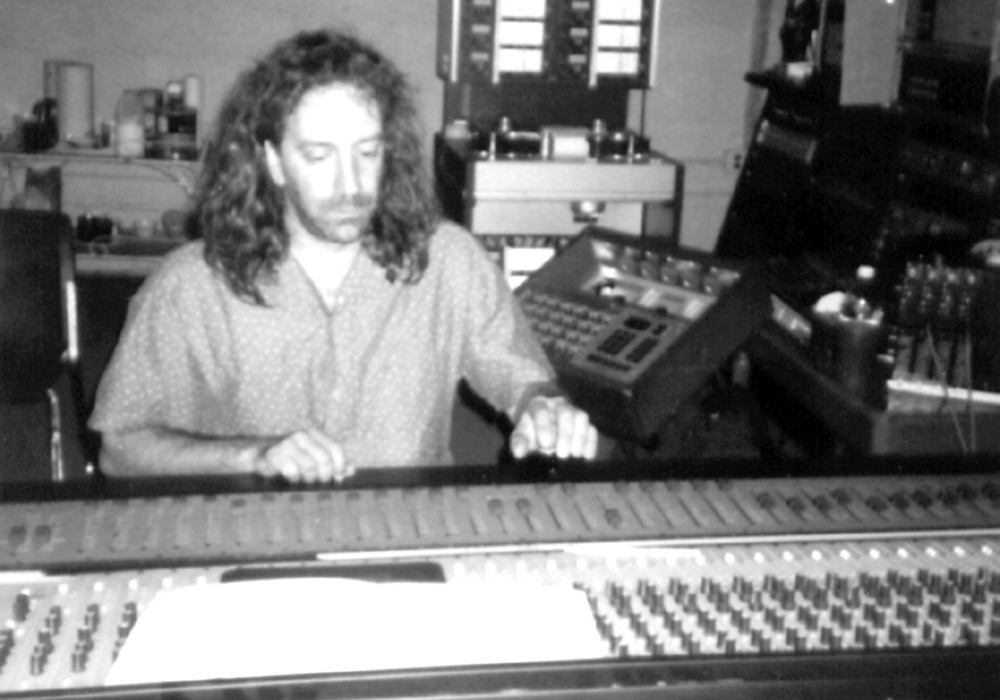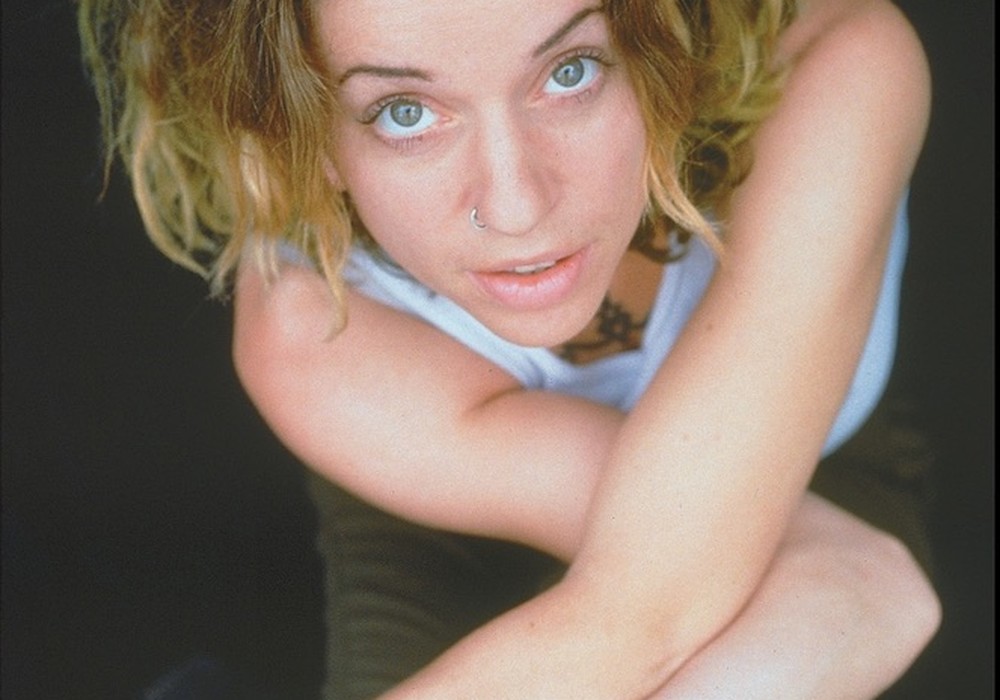Not that long ago, the opportunities for making professional recordings was only made possible by around a dozen studio owners for each major city and far less in secondary markets, and if you were in a small town, forget about it. Record labels and a few entrepreneurs – like Bill Putnam Sr. or Joe Meek – owned studios. Recording music was typically a massive financial undertaking. Build outs, equipment, staff, and building leases or purchases all made owning the means to record far out of the reach of the average musician, budding engineer, or producer.
Cut to the current day, where for $500 dollars one can purchase a simple interface, a cheap mic (if you even use one), download a free (or affordable) DAW, and “boom”, you’re “recording”. Even when the Tascam and Fostex 4-track cassette machines hit the market in the early ‘80s, they were something people saved allowances and paper route money to buy, or if one was lucky they’d got one as a birthday or holiday gift. They were not cheap!
I have mixed several “home recorded” projects over the years, and it’s always amazed me how varied the quality can be. Some – recorded with very basic tools but featuring good songs, solid arrangements, and a bit of recording knowledge – are actually quite lovely. Others – with mid-level to high end gear, but lacking in the critical aforementioned elements – deliver subpar results.
As recordists we seem to live in a culture of gear lust, but much of it ends up in the hands of people that do not know (yet?) how to use it. The elements that gear cannot provide are so important to the end result that it made me stop to think about the disappearance of the traditional recording studio, and what is likely being lost along with it.
Can you make a great record without a multi-million dollar studio? Of course you can.
But, there is a reason that bands sought out, and still seek out, the great rooms of recording. Like Abbey Road, Muscle Shoals Sound Studio, FAME Studios, Memphis Recording Service/Sun Studio, Sam Phillips Recording, Sound City, Ocean Way, United, Capitol, and many other legendary spots where music history drips from the walls.
Here at Tape Op we often focus interviews on process and the “how” more than the specifics of types of mics or preamps. How was the room set up? Who played on it?
I recently spoke with singer/songwriter Mick Hayes about his choice to make his latest release at the legendary FAME Studios in Muscle Shoals, Alabama.
“The original intention was to cut my own 45 at FAME. After the first session, I knew it couldn’t end just there. It was exactly what I wanted at the time that I wanted. Truthfully, I do stuff in my studio at home, and I flat-out told a friend of mine the other day, ‘Man, I could start selling some of my stuff from my house.’ I’m that involved with getting away from doing it in your pajamas. I cut with everybody local. It was intimidating in itself, because Clayton Ivey wrote the charts, and Clayton will write a chart listening to a demo. That’s a level of musician that hopefully I surround myself with from now on. Then we went out onto the studio floor, and every song on the album was three takes or less. There’s something to be said about stepping up to the plate. ‘I’m going to do this.’ It adds a little good pressure on you. It’s like, ‘Nope, we gotta get this take. We’ve gotta nail this today.’ It’s not, ‘Oh, I’ll go make another pot of coffee and maybe later.’”
I have spoken before about the value of the process and – especially for younger artists, producers, or engineers – what can be learned by working with experienced producers and engineers. Ways of working will always be different, but having insight to different methods, dealing with challenges both technical and personal, and – of course – different approaches to capturing sound and performances is invaluable.
As I was writing this, I realized how much knowledge of process I take for granted. “How did I learn all this? How is a session mapped out? How do you build a track? How is a song arranged? How do you mic a guitar cabinet? How about the variety of ways you can mic a drum kit for a desired result? What mic should I use for what application? How does a compressor work? What frequencies bring life to what instruments? How do we deal with excessive cymbal splash? What level should I deliver mixes to mastering? What do players want to have in their headphones? Should we use headphones?”
The list is long, but I can tell you almost specifically in most cases, the who I learned it from and where I saw it in action. David Bianco, Don Smith, Matt Wallace, Sam Hofstedt, Adam Kaspar, Ed Brooks, Tom Schick, Dave Lebolt, Bob Ludwig, Blake Mills, Craig Silvey, Jason Carmer, Dave Matthews, Bill Frisell, Matt Chamberlain, Danny Barnes, Michael Urbano and the many others I have been fortunate to have spent time in the room with have contributed to this accumulated knowledge and informed my approach to record making and mixing.
Yes, internships and opportunities for mentorship are less frequent these days, but if you are able to find someone or someplace to absorb some history and learn some tried and true ideas and techniques firsthand, this value cannot be overstated.
Of course a nice collection of well curated microphones, consoles, outboard gear, amps, instruments, and a good sounding room to play in are also a huge benefit for sounds and inspiration, but without a pilot to fly the plane, maybe you’re sitting on the tarmac.
